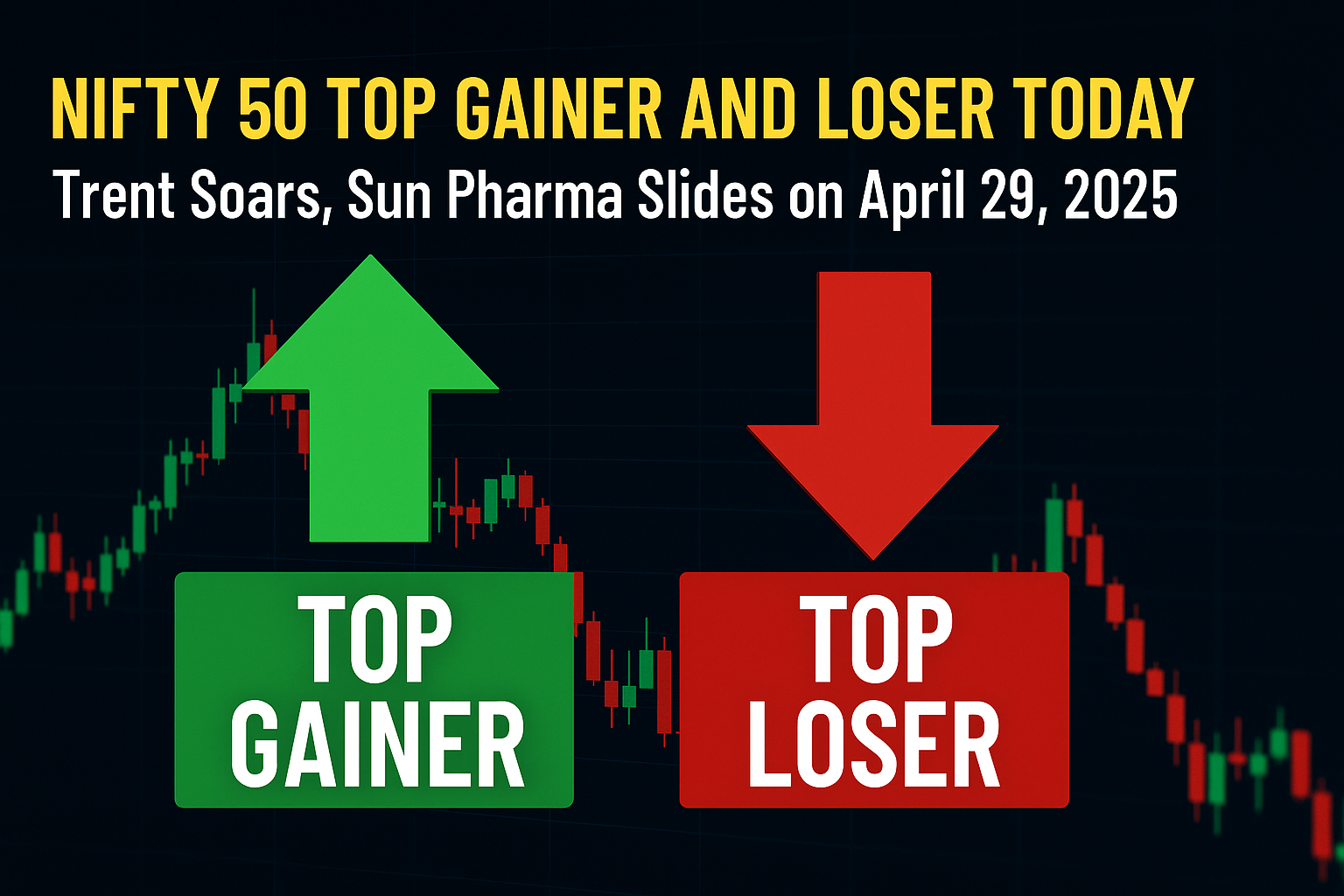If you’ve recently started learning about options trading, you’ve probably come across the term “Option Chain” multiple times.
At first glance, it might look like a confusing table full of numbers — but trust me, once you understand what is Option Chain with Greeks, it becomes one of the most powerful tools in your trading journey.
In this blog, I’ll break down what is Option Chain with Greeks, and how you can use it to make smarter trading decisions — explained in a very simple, real-world style.
What Exactly is an Option Chain?
Imagine you go to a market to buy fruits, and you see a board listing all the types of fruits, their prices, available quantity, and special offers.
An Option Chain is exactly like that — but instead of fruits, it lists all the Call and Put options available for a particular stock or index, along with important details like:
- Strike Prices (the agreed price of buying/selling)
- Premiums (the price you pay to buy the option)
- Open Interest (how many traders have active positions)
- Volume (how many contracts traded today)
- Bid-Ask Price (current best buying and selling prices)
The Option Chain gives you a snapshot of the entire market activity for that stock or index.
Usually, you’ll find two sides in an Option Chain:
- Left side – Call options
- Right side – Put options
Both are neatly arranged around different strike prices.
Key Parts of an Option Chain
| Term | What It Means |
|---|---|
| Strike Price | Price at which you have the right to buy or sell the asset. |
| Call Option | Right to BUY at a strike price before expiry. |
| Put Option | Right to SELL at a strike price before expiry. |
| Premium | Price you must pay to buy the option. |
| Open Interest | Total outstanding contracts for that strike price. |
| Volume | Number of contracts traded during the day. |
| Bid/Ask | The highest buying and selling offers. |
👉 In simple words:
Higher Open Interest means more traders are betting at that level.
Volume shows today’s trading activity.
What are Option Greeks? [With Examples]
Now that you know what is an Option Chain, it’s time to understand the next layer — Option Greeks.
When you trade options, your profits and losses don’t just depend on the stock price moving up or down.
They also depend on time left for expiry, volatility, and rate of price movement.
That’s why we use Greeks — special measures that help you analyze risk and price sensitivity.
Here are the 5 important Greeks:
1. Delta (Δ)
- Delta tells you how much the option’s price changes if the stock moves ₹1.
- If Delta = 0.5, and stock moves up ₹1, the option premium will move up ₹0.5.
- Call options have positive Delta, Put options have negative Delta.
📌 Think of Delta as the speed of your car.
2. Gamma (Γ)
- Gamma tells you how much Delta will change if the stock moves ₹1.
- High Gamma = fast changes in Delta.
📌 Think of Gamma as the accelerator — how fast the speed changes.
3. Theta (Θ)
- Theta measures how much value an option loses every day due to time decay.
- Options lose value over time, especially as expiry nears.
📌 Think of Theta as a ticking clock — each tick reduces your option value.
4. Vega (ν)
- Vega shows how much an option’s price moves if market volatility changes.
- More volatility → higher premiums.
📌 Think of Vega as the weather — stormy markets create excitement.
5. Rho (ρ)
- Rho measures how much an option’s price changes with interest rates.
- Mainly useful for long-term traders.
How to Read an Option Chain with Greeks
Reading an Option Chain with Greeks can be simple if you follow these steps:
- Identify Current Market Price (CMP):
Find the strike closest to the stock price — this is ATM (At-the-Money). - Check Open Interest and Volume:
High OI + Volume = more liquidity. - Look at Delta:
Higher Delta options react strongly to price changes. - Look at Theta:
Buyers should beware of high Theta (premium decay). - Analyze Vega:
If expecting volatility (news/events), target high Vega options. - Watch Gamma:
High Gamma = sharper reactions to price movements.
Practical Example: Nifty Option Chain
Suppose:
- Nifty 50 is at 22,000.
- You check the 22,000 Call Option.
Details:
- Premium = ₹100
- Delta = 0.5
- Theta = -5
- Vega = 10
✅ If Nifty moves up by 100 points → Premium increases by ₹50 (Delta effect).
✅ Each day without movement → Premium falls by ₹5 (Theta effect).
✅ If volatility rises by 1% → Premium may rise ₹10 (Vega effect).
Why Understanding Greeks and Option Chain is a Game-Changer
Mastering what is Option Chain with Greeks can massively improve your trading success:
- Risk Management: Predict how much you can lose or gain.
- Better Entries/Exits: Plan smarter trades.
- Choosing Right Strikes: Pick right options for your goals.
- Event-Based Trading: Trade around results, budgets, elections, etc.
Without Greeks, option trading is like driving blindfolded — highly risky!
Helpful Resources
Internal Links You Should Check
- Most Successful Option Trading Strategy in 2025 – Discover the Game Changer
- Top 5 Best Technical Indicators for Day Trading Beginners [Complete Guide]
Final Thoughts: Start Slow and Smart!
Learning what is Option Chain with Greeks takes a little time, but it’s totally worth it!
Keep practicing with virtual trades first, observe how Delta, Theta, Vega behave in live markets — and slowly, you’ll master options trading.
🚀 Pro Tip: Focus first on understanding Delta and Theta — 80% of success depends on these two Greeks alone!
![What is Option Chain with Greeks? [Top 2025 Guide for Beginners]](https://dailybullshot.com/wp-content/uploads/2025/04/ChatGPT-Image-Apr-27-2025-10_08_39-AM.png)




![Top 5 Best Technical Indicators for Day Trading Beginners [Complete Guide]](https://dailybullshot.com/wp-content/uploads/2025/04/ChatGPT-Image-Apr-26-2025-04_57_29-PM.png)

Leave a Reply